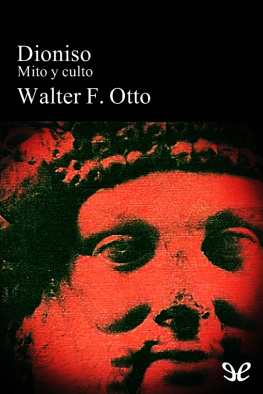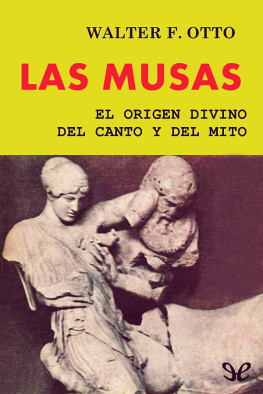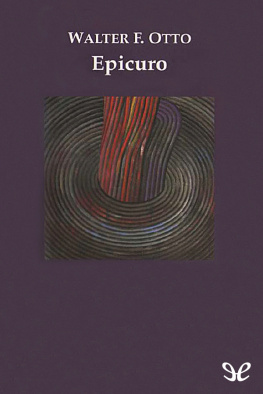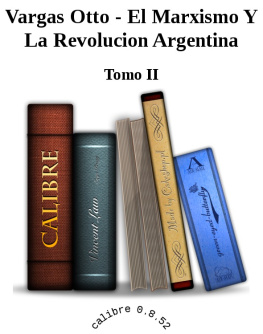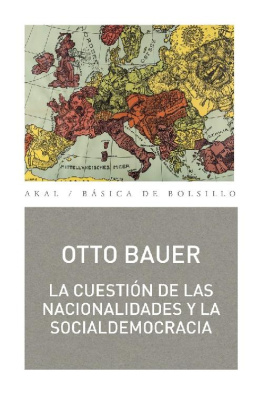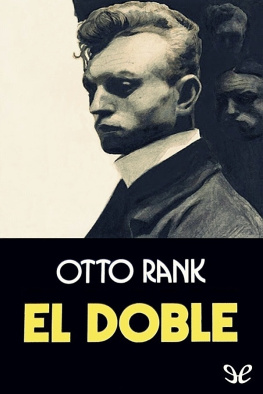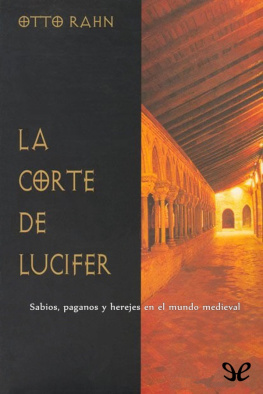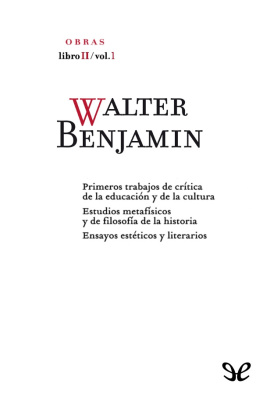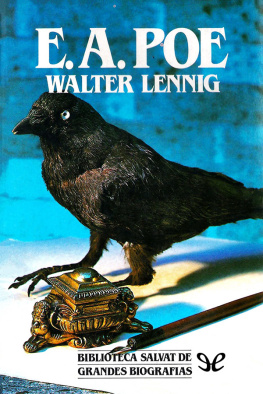Más de medio siglo después, la obra de Walter F. Otto sigue siendo referencia obligada para todo estudioso de la mitología griega, aunque las tesis que defienda se aparten significativamente de los enfoques habituales. Su profundo y preciso conocimiento de las fuentes y la cultura griegas son admirables, pero esto no le impide atacar despiadadamente las diferentes hipótesis racionalistas en su intento de adecuar artificialmente a la mentalidad moderna lo que para él representa la verdadera esencia religiosa del espíritu griego, que, como argumenta en esta obra clásica, sólo puede conocerse entendiendo el sentido primigenio del antiguo culto ceremonial y del mito.

Walter F. Otto
Dioniso. Mito y culto
ePub r1.0
Titivillus 19.11.16
Título original: Dionysos. Mythos und Kultus
Walter F. Otto, 1931
Traducción: Cristina García Ohlrich
Editor digital: Titivillus
ePub base r1.2
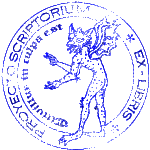
Notas
[1] Ulrich von Wilamowitz-Moellendorf, Der Glaube der Hellenen, vol. I, Basilea 1956, págs. 159-ss.
[2]Ibid., vol. I, pág. 10.
[3]Ibid., vol. I, pág. 35.
[4]Ibid., vol. I, pág. 17.
[5]Ibid., vol. I, pág. 9.
[6] Rudolf Otto, Das Heilige, Gotinga 1917.
[7] Cf., también, Karl Th. Preuss, Der religiöse Gehalt der Mythen, Tubinga 1933.
[8] Cf. la costumbre de las Targelias y otras afines en Jane Harrison, Prolegomena to the Study of Greek Religion3, Cambridge 1922, págs. 95-ss., y Martin P. Nilsson, Griechische Feste von religiöser Bedeutung, mit Ausschluss der Attischen, Leipzig 1906, págs. 105-ss.
[9] M. P. Nilsson.
[10] Para una descripción detallada, véase George T. Basden, Among the Ibos of Nigeria, Londres 1921, págs. 232-ss.
[11] Paus. 9.22.1.
[12] M. P. Nilsson, op. cit., págs. 392-s.
[13] Hom. Il. 6.130-ss.
[14] Percy A. Talbot, Some Nigerian Fertility Cults, Oxford 1927, págs. 47-s.
[15] Véase, en particular, George A. Dorsey, The Arapahoe Sundance, Field Columbian Museum 75, Anthropological Series, vol. IV, Chicago 1903; Washington Matthews, The Mountain Chant: A Navajo Ceremony, U. S. Bureau of American Ethnology, Smithsonian Institution, Washington 1887, págs. 379-ss. Existen muchos otros informes que aún precisan de una interpretación razonable.
[16] Friedrich Schelling, «Philosophie der Mythologie», en Sämtliche Werke, Stuttgart 1857, vol. II, parte II, pág. 137.
[1] Georg Hegel, «Phänomenologie des Geistes», Prólogo al vol. II de Sämtliche Werke, H. Glöckner (ed.), Stuttgart 1927.
[1] Martin P. Nilsson, The Minoan-Mycenaean Religion and Its Survival in Greek Religion2, Lund 1927, págs. 396-ss.
[2] U. Wilamowitz, op. cit., vol. II, pág. 61.
[3] Th. 2.15.
[4] Ludwig A. Deubner, «Dionysos und die Anthesterien», JDAI 42 (1927), pág. 189; véase también su Attische Feste…, Berlín 1932, págs. 122-s.
[5] Véase infra, capítulo 18, pág. 148.
[6] Véase L. A. Deubner, Attische Feste…, op. cit., pág. 122.
[7] Hdt. 1.150
[8] U. Wilamowitz, op. cit., vol. II, pág. 60, n. 3.
[9] Karl O. Müller, Kleine deutsche Schriften, Breslau 1847-1848, vol. II, págs. 28-ss. Su comentario se publicó en 1825.
[10] Johann H. Voss, Antisymbolik, Stuttgart 1824-1826.
[11] Hom. Od. 9.196-ss.
[12] Hes. Fr. 120.
[13] E. Cyc. 141-ss.
[14] Hes. Th. 941.
[15] Hes. Op. 614.
[16] Hom. Il. 6.132.
[17] Hom. Od. 24.73-ss.
[18] Nonn. D. 19.120-ss.
[19] Véase Pi. P. 3.9-s. y 32-s.; Pherecyd. fr. 8; Paus. 2.26.6.
[20] Plu. Thes. 20.
[21] Paus. 10.4.2.
[22] Erwin Rohde, Psyche10, Tubinga 1925, vol. II, págs. 5-ss. y 23-ss. [Psique: la idea del alma y la inmortalidad entre los griegos, trad. de W. Roces, F. C. E., 1992].
[23] Adolf Rapp, Die Beziehungen des Dionysoskultes zu Thrakien und Kleinasien, Programm des Karls-Gymnasiums, Stuttgart 1882.
[24] En lo que se refiere a estos tracios de la Grecia central, véase también U. Wilamowitz, op. cit., vol. I, pág. 52.
[25] Otto Gruppe, Griechische Mythologie und Religionsgeschichte, Múnich 1906, vol. I, pág. 1.410.
[26] Véase, por ejemplo, U. Wilamowitz, op. cit., vol. n, pág. 60.
[27] Cf., por ejemplo, S. Ant. 956-s.
[28] Apollod. Bibliotheca 3.35.
[29] K. O. Müller, op. cit., vol. II, pág. 27.
[30] D. S. 3.64.
[31] U. Wilamowitz, op. cit., vol. II, pág. 61.
[32] Véase Enno Littmann, «Lydian Inscriptions», American Society for the Excavations of Sardis, VI, 1 (Leiden 1916), págs. 38-s.
[33] Ulrich von Wilamowitz-Moellendorf, Pindaros, Berlín 1922, pág. 45.
[34] Véase también M. P. Nilsson, The Minoan-Mycenaean Religion…, op. cit., pág. 500.
[35] Véase h. Hom. 34.8; Pi. Fr. 247.
[36] Véase L. Malten, «Der Raub der Kore», Archiv für Religionswissenschaft 12 (1909), págs. 285-ss.
[37] Véase h. Hom. Cer. 17. La interpretación al uso me parece correcta, a pesar dé las críticas de Malten.
[38] Paul W. Kretschmer, «Semele und Dionysos», Aus der Anomia, Archäologische Beiträge Carl Robert dargebracht, Berlin 1890, págs. 22-ss.
[39]Ath. Mitt. 14 (1889), lám. 1.
[40] S. Ant. 1131.
[41] E. Ba. 556.
[42] Serv. Verg. Aen. 6.805 ms. D; cf. Schol. Pers. prol. 2; y, asimismo, Schol. Soph. Ant. 1131.
[43] St. Byz., Hsch., Schol. H.
[44] Véase L. Malten, op, cit., págs. 288-s.
[45] S. Ant. 1115-ss.
[46] Cf. Hdt. 3.97: Ai0qi/opev oi9 pro/souroi Ai0gu/ptw… oi4 peri/ te Nu/shn th\n i9rh\n katoi/khntai, kai\ tw Dionu/sw a0na/gousi ta\v o9rta/v .
[47] D. S. 3.65.
[48]h. Hom.: thlou Foini/khv sxedo\n Ai0gu/ptoio r9oa/wn .
[49] A. R. 2.1217.
[50] X. Cyn. 11.1; véase también Plin. H N 5.74.
[51] Véase también L. A. Deubner, «Dionysos und die Anthesterien», op. cit., pág. 192, y su Attische Feste…, op. cit., pág. 102.
[52] Así, por ejemplo, Otto Kern, Realenzyklopedie, 5, s. v. Dionysos, col. 1020-s.; véase también L. A. Deubner. La hipótesis, enteramente arbitraria, de Nilsson sobre el significado y origen de la costumbre puede ser omitida: M. P. Nilsson, «Die Prozessionstypen im griechischen Kult», JDAI 31 (1916), pág. 334.
[53] U. Wilamowitz, Der Glaube der Hellenen, op. cit., vol. II, pág. 61.
[54] Paus. 3.24.3.
[55] Plu. Is. et Os. 35.
[56] Véase L. A. Deubner, op. cit.
[57] U. Wilamowitz, Der Glaube der Hellenen, op. cit., vol. II, pág. 61, n. 2.
[1] Pi. P. 3.86-ss.
[2] Pi. O. 2.24-ss.
[3] Véase, sobre ellas, U. Wilamowitz, Der Glaube der Hellenen, op. cit., vol. I, págs. 407-ss.
[4] Pi. P. 3.86-ss.
[5] Theoc. 26.1-ss.
[6] E. Ba. 680-ss.
[7] Otto Kern, Die Inschriften von Magnesia am Maeander, Berlín 1900, n.º 215.
[8]CIL, XIII. 8244.
[9] E.

